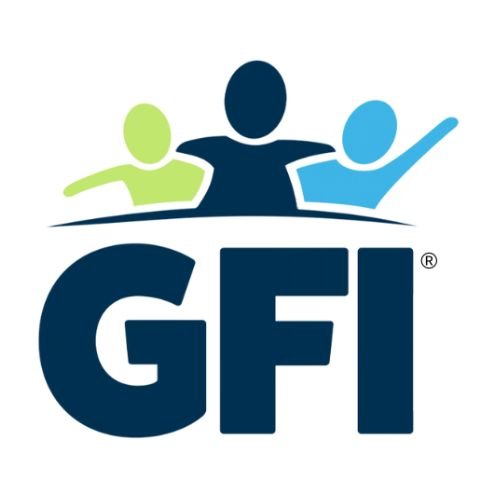Can Disability Harassment in School Be a Denial of Free Appropriate Public Education?
Students with autism are more likely than their neurotypical peers to become the targets of bullying behavior (PACER). When the relational aggression is specific to the student’s disability, it can be deemed disability harassment. Disability harassment is a violation of three federal laws: the Individuals with Disabilities Education Act (IDEA 2004), Sec. 504 of the Rehabilitation Act (1973), and Title II of the Americans with Disabilities Act (1990).
Fostering a Sense of Belonging in the Classroom
With technological distractions inside the classroom, lifestyle stressors outside of it, learning challenges and varying degrees of disability, not to mention every student’s inner voice that questions their worth at every turn, it’s a wonder how learners get through it. Finding a place to learn and belong is of urgent, vital importance. Feeling valued and included by peers begins with the educator, and benefits the grown-ups and kids alike.
Raising Awareness in the Workplace during NDEAM
October is underfoot, and with it comes National Disabled Employment Awareness Month (NDEAM). In this annual celebration, we recognize the contributions of disabled employees, and work toward improved opportunity throughout the workplace. This year’s theme is “Advancing Access and Equity,” highlighting that despite the 19% of the American workforce experiencing some form of disability, their unemployment rate tends to be double that of the general population. We simply must be better.
Myths about People with Divergent Neurology and Their Lived Experience
Back when they were going through various developmental screenings and diagnostic processes, I had some preconceived notions of what their newly-named neurological differences meant. When I heard “autism”, I thought “Rain Man”. When I heard “ADHD”, I thought “overdiagnosed”. When I heard “intellectual disability”, I thought “not capable of graduation”. None of those thoughts were helpful.





